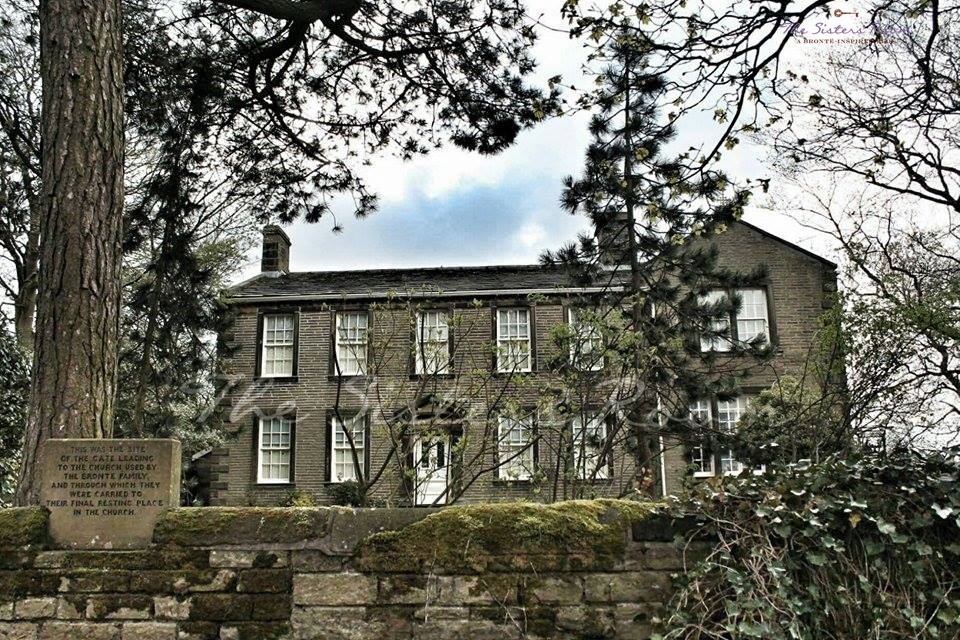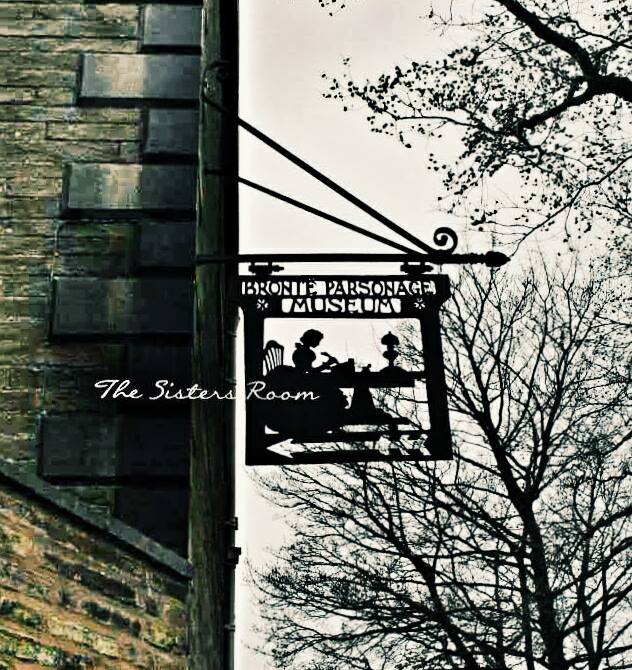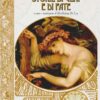Every time we go to Haworth, the first thing we want to see is always the Brontë Parsonage Museum. From Main Street, just follow the stairs up to St Michael & All Angels, go past the  church and follow Church Street– you’ll find the green graveyard on your left, with green and wet moss all over the dark graves, and here it stands, quiet and still, just in front of you: the Parsonage.
church and follow Church Street– you’ll find the green graveyard on your left, with green and wet moss all over the dark graves, and here it stands, quiet and still, just in front of you: the Parsonage.
This was the place where the Brontë family used to live from 1820 to 1861. In 1928 the Brontë Society, which supports and preserves both the collections and the museum, turned it into a Memorial Museum. The Parsonage was built between 1778 and 1779, but the building we see today it’s a bit different from what it used to look like when the Brontës lived there. As a matter of fact, the gable wing on the right was built only after the last member of the family died. But once you are there, your feelings turn this into an almost irrelevant detail.
As soon as you cross the doorstep you are surrounded by a very special atmosphere. Visitors can follow a tour and enter the places in which our favourite sisters and their relatives spent most of their lives: from the kitchen, Tabitha’s kingdom, to the living room where Emily’s piano is; from the dining room where the Reverend used to gather his family to read, to the bedrooms upstairs. (If you want to know more, you can enjoy our Virtual Tour of the Parsonage here!)
 It’s perfectly useless to say that you can’t get your eyes off those common, everyday objects, which now are incredible treasures to us- the huge mahogany table where the sisters used to seat around to write their novels, very small glasses, the sofa where Emily is said to have died, Reverend Patrick’s tall-case clock… Not to mention the fact that, thanks to very qualified experts you can have special tours, and have the chance to look closer to the personal objects of the family directly from the collections- the very small handwritten books where the siblings used to write the endless stories they created, their watercolours, personal accessories and letters…
It’s perfectly useless to say that you can’t get your eyes off those common, everyday objects, which now are incredible treasures to us- the huge mahogany table where the sisters used to seat around to write their novels, very small glasses, the sofa where Emily is said to have died, Reverend Patrick’s tall-case clock… Not to mention the fact that, thanks to very qualified experts you can have special tours, and have the chance to look closer to the personal objects of the family directly from the collections- the very small handwritten books where the siblings used to write the endless stories they created, their watercolours, personal accessories and letters…
But in our opinion, the most fascinating thing is to feel the magic. A couple of centuries went by, and things change of course, but if you use your imagination, looking through a window can be a very moving experience. As a matter of fact, it’s not so difficult to imagine that one day, so many years ago, one of the sisters, your favourite one maybe, lingered upon the very same windowsill, and let the noisy crows on the graves outside in the cemetery, the rainy clouds, or the crackling branches of the trees in the wind inspire her stories. And so, for a moment, you are just there- almost two hundreds years far away from the real world, but close enough to a wish which comes true.
Serena




